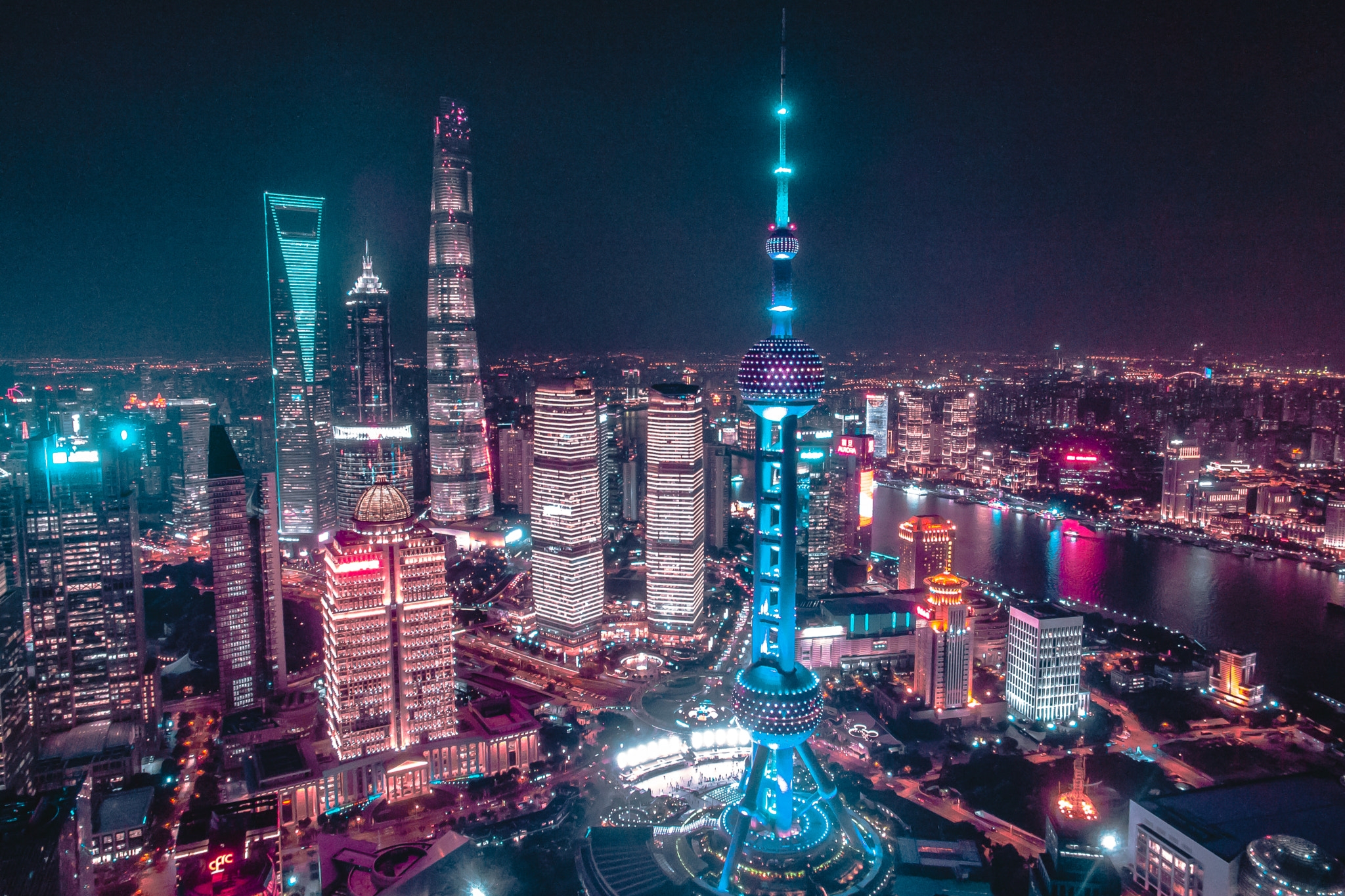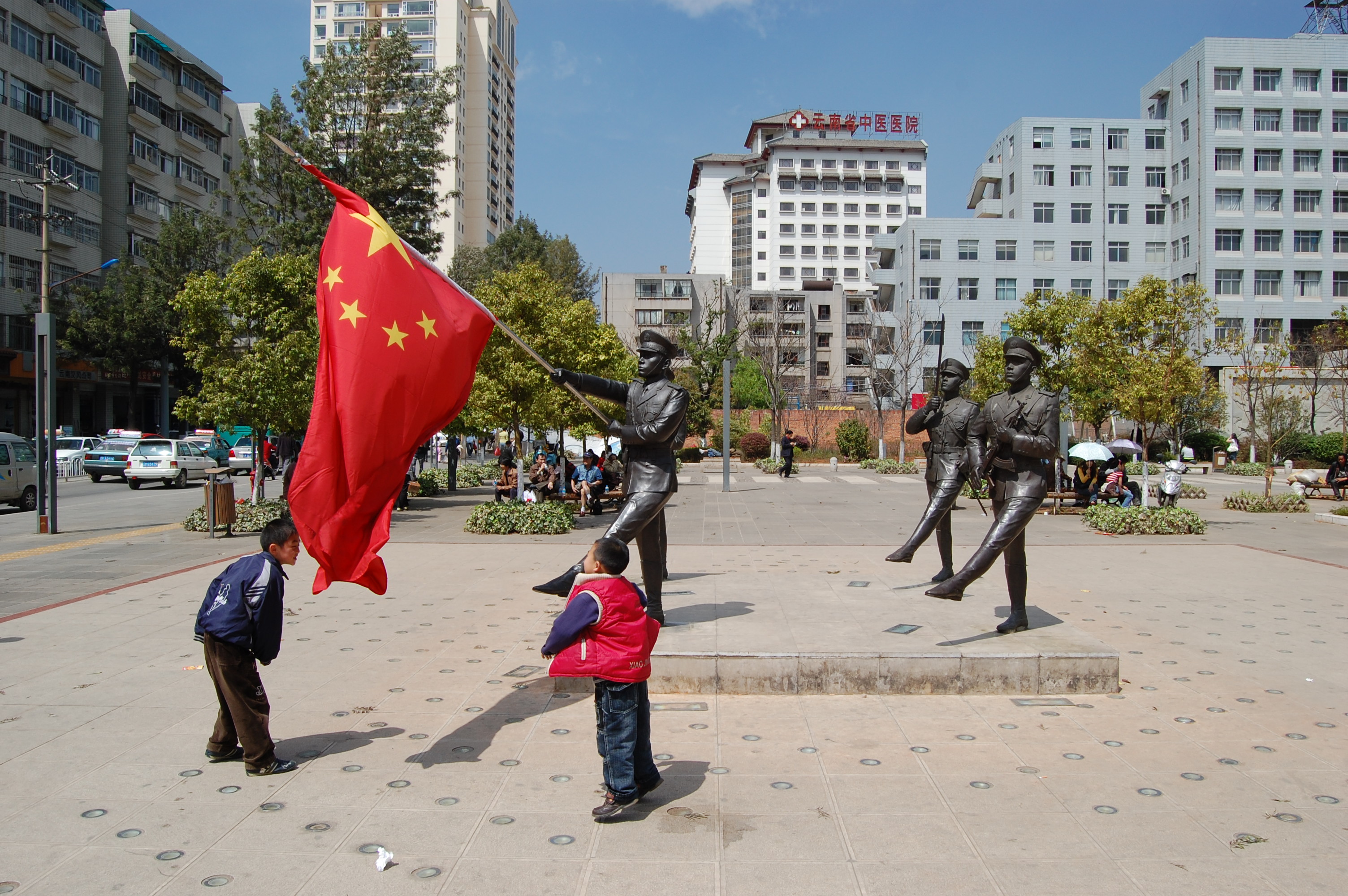For decades, the Chinese economy has soared. This has allowed mass investment in projects worldwide, but the question remains if it was worth it.
 The skyline of Shanghai at night : Rodrigo.Argenton, Wikimedia Commons CC by 4.0
The skyline of Shanghai at night : Rodrigo.Argenton, Wikimedia Commons CC by 4.0
For decades, the Chinese economy has soared. This has allowed mass investment in projects worldwide, but the question remains if it was worth it.
For more than a decade, China has funnelled part of the benefits of its economic boom into enormous global infrastructure projects from Sri Lanka to the Solomon Islands.
With the economy slowing because of COVID-19 lockdowns and 30-year record-low foreign investment, the time for these major investments to bear fruit is now.
Key to this has been the expansive Belt and Road Initiative (BRI), launched in 2013 as the cornerstone of its global economic and political agenda.
The BRI seeks to create and enhance trade routes just like the ancient Silk Road. This involves more than 20,000 projects across 165 low- and middle-income countries supported by loans and grants from China worth more than USD$1.3 trillion spanning across Asia, Europe, and Africa.
While the sheer scale of China’s foreign investments symbolises its ambition, the outcomes of these investments require a more keen-eyed inspection to separate spin from success.
Evidence suggests the economic impacts of the BRI are profound. For instance, the China-Pakistan Economic Corridor (CPEC) with an investment of approximately $62 billion, aims to overhaul Pakistan’s infrastructure and strengthen its economy by developing modern transportation networks, energy projects, and special economic zones.
This has arguably led to economic growth in Pakistan, with the creation of an estimated 70,000 jobs and the potential to add up to two percentage points to the country’s annual economic growth rate.
However, the financial arrangements underlying these projects have sparked concerns over the sustainability of debt incurred.
By 2023, the debt owed by low-and middle-income countries to China was between $1.1 trillion and $1.5 trillion and 80 percent of China’s loan portfolio is in countries experiencing financial difficulties.
In fact, 58 percent of Chinese loans were spent on bailouts, a total of $240 billion for 22 developing countries between 2008 and 2021.
This substantial financial burden raises the risks of what critics call ‘debt-trap diplomacy‘, where countries unable to manage their debts may fall under significant political influence or cede strategic assets to China, as was the case with Sri Lanka.
The Mattala Rajapaksa International Airport in Sri Lanka, opened in 2013 near Hambantota, has earned the title of the world’s emptiest airport. Similarly, Hambantota’s Magampura Mahinda Rajapaksa Port and Pakistan’s multibillion-dollar Gwadar port see minimal activity.
Yet, from China’s perspective, these projects serve their strategic purposes effectively: Chinese attack submarines have docked at Sri Lankan ports on two occasions, and two Chinese warships have been deployed to provide security at Gwadar port.
In natural resources, China’s strategy has focused on securing access to essential commodities needed to sustain its industrial growth. Investments exceeding $150 billion in the past two decades in Latin America and Africa have provided China with crucial supplies of oil, minerals, and other raw materials.
A strategy of debt dependence could give China considerable influence over the borrowing country’s policy decisions and alignment with Beijing’s interests, as in the case of Sri Lanka.
There are also fears Chinese companies and workers may engage in activities aimed at shaping local politics, as seen in Zambia where Chinese investment in the mining sector has fuelled tensions over labour practices, environmental issues and the influence of Chinese businesses on the country’s politics.
Countries relying heavily on Chinese support may align policies with Beijing’s interests, like Malaysia initially did by agreeing to Chinese-backed infrastructure deals before a change of government in 2018 led to their renegotiation, straining ties.
Transparency and governance are challenges too. In African countries, there has been criticism about the lack of transparency in Chinese infrastructure projects and risks of debt distress.
While some nations regulate investments well, others face risks like undermined accountability and domestic backlash, as in Australia where the government has moved to scrutinise and limit Chinese investments over national security concerns.
In Latin American nations such as Ecuador and Venezuela, Chinese investments have sparked debates around environmental impacts, labour issues and potential debt traps.
China’s investments are not limited to infrastructure. Beijing has made significant forays into the technology sector through acquisitions and investments in foreign companies.
Under initiatives such as ‘Made in China 2025′, Chinese entities have spent almost $350 billion in the last decade making greenfield investments and acquiring stakes in European firms, mostly specialising in areas from robotics and artificial intelligence to green technologies.
This strategy aims not only at innovation acquisition but also at embedding Chinese firms into global supply chains, thus bolstering China’s capabilities in key high-tech industries.
Success for China has multiple metrics.
Economically, the enormous manufacturing network has been able to export its industrial excess capacity, alleviate bottlenecks in the domestic economy, and secure resources for its continued economic ascent.
Politically, China has expanded its influence in many parts of the world, forging important alliances, and gaining strategic footholds.
Assessing whether China’s foreign investments are a success involves balancing these economic achievements against the financial, environmental, and political challenges faced by host countries.
While China benefits from resource security and increased global influence, the success of outbound investment has not helped China during domestic economic turmoil. In addition, the ‘price’ that the recipient nations have to pay from Chinese investment means that they must navigate the tightrope between economic development and sustainable sovereignty.
For example, the outcome of Solomon Islands April election could be a wake-up call for Beijing to review its economic activities. China quite openly backed the former Prime Minister, Manasseh Sogavare but the loss of more than half of his party’s seats saw him exclude himself from trying to form the country’s new government.
It raises a question whether this indicates growing public resistance to China’s economic activities. Although the development brought by Chinese investment has cemented good reputations of China in some countries, the realisation of emerging debt burden and eroding sovereignty also harm the image of China abroad.
China’s success could also be viewed through what response it has caused in other competing powers. AUKUS, The Quad, and the Pacific step-up of the United States are all in part a direct response to China’s growth in the region.
China’s ability to shape the world according to its strategic plans will continue to prove as ambitious as it is volatile.
The long-term success of enormous investments depends on its ability to address major issues to truly understand the markets it is trying to leverage support from. This will require enormous flexibility not just to overcome the litany of logistical issues but also for the client states to truly see mutual value in the project.
Teuku Riefky is a Macroeconomic and Financial Sector Researcher at the Institute of Economic and Social Research (LPEM), Faculty of Economics and Business, Universitas Indonesia. He has worked for various institutions as an independent consultant, including ADB, World Bank and UNDP.
Mohamad Dian Revindo is the head of the Business Climate and Global Value Chain Research Group at the Institute for Economic and Social Research, (LPEM) in the Faculty of Economics and Business Universitas Indonesia, and Lecturer at the Graduate School of Strategic and Global Studies, (SKSG), Universitas Indonesia.
Originally published under Creative Commons by 360info™.









